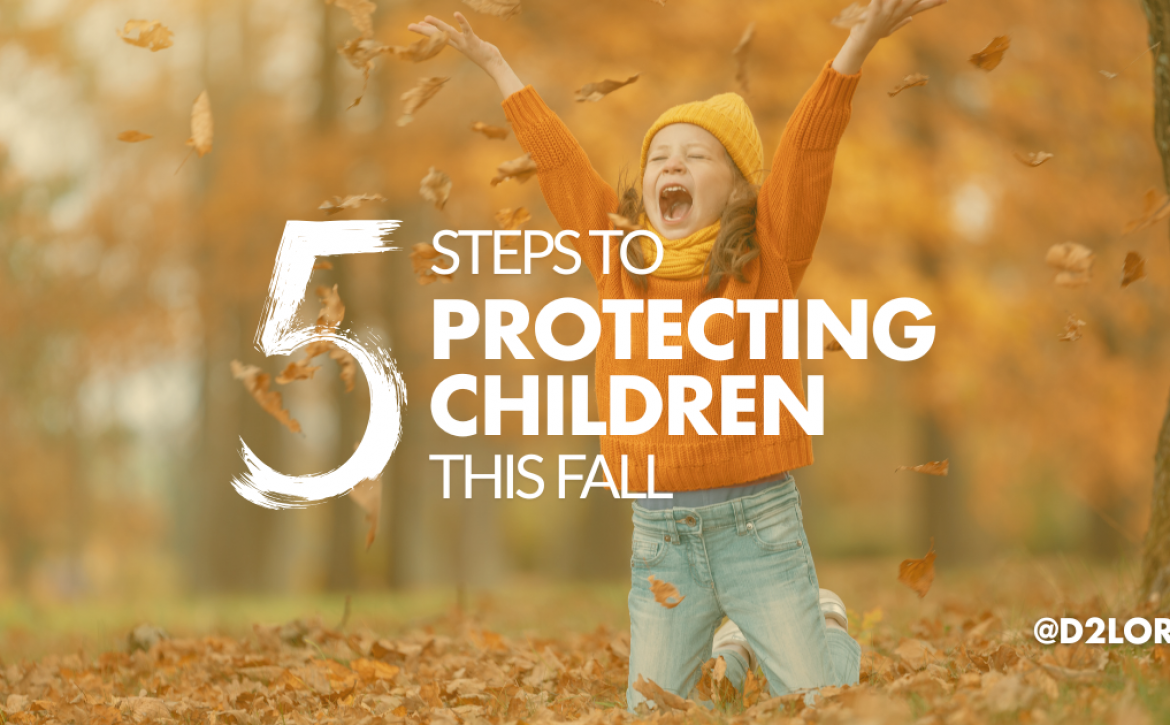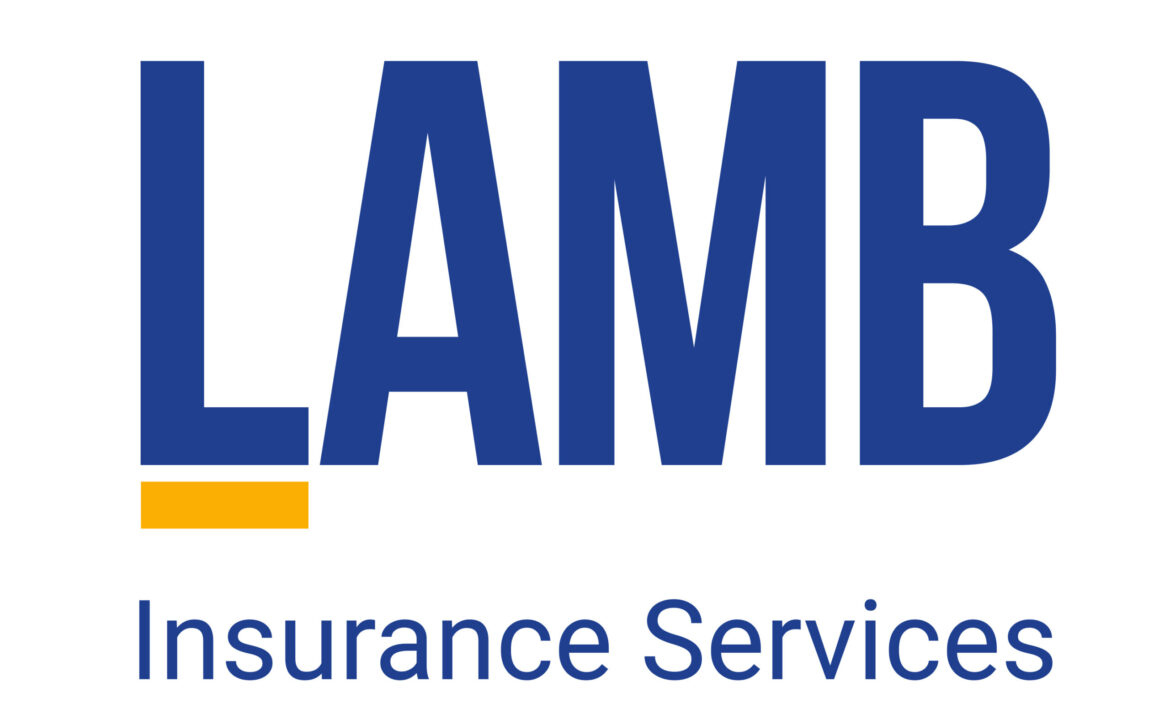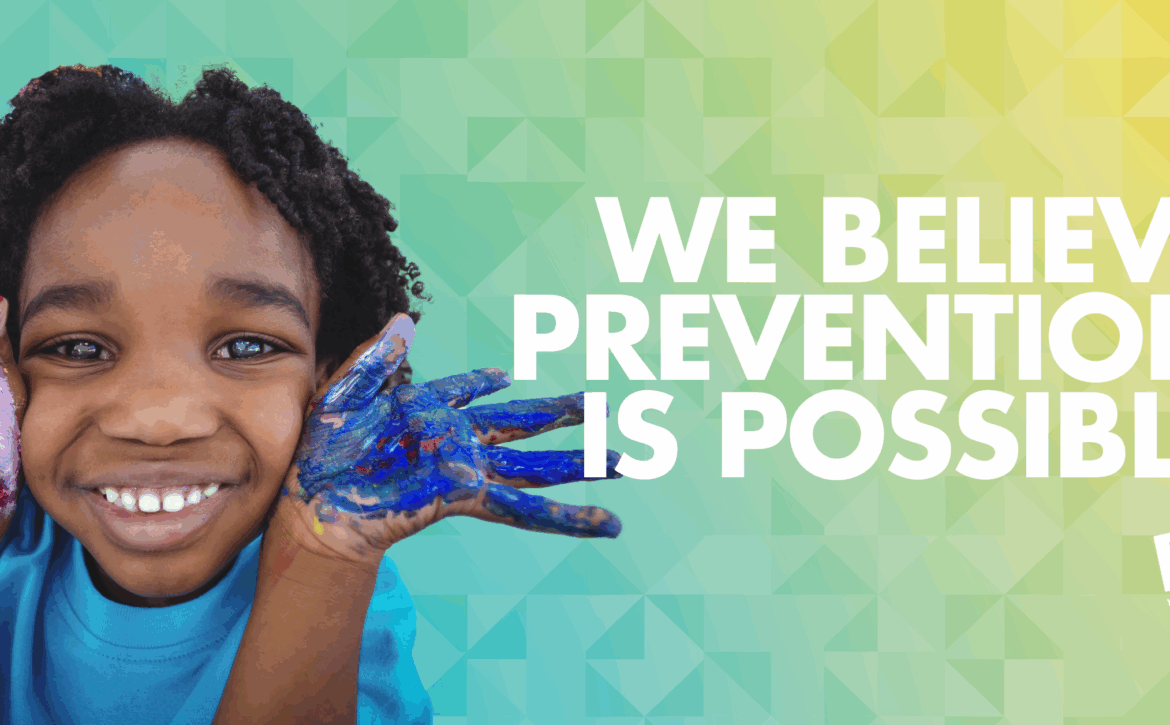Blog
Home Blog
Featured News and Stories
Categories
- Child Sexual Abuse Survivors(3)
- DEI(2)
- Education(24)
- Facilitator Spotlight(1)
- Featured Posts(51)
- General News(70)
- Guest Blog(7)
- Guides(13)
- Home(3)
- Honest Conversation(6)
- News and Events(48)
- Other(43)
- Our Perspective(18)
- Press Releases(14)
- School Safety(7)
- Success Stories(1)
- Survivor Stories(1)
- Uncategorized(6)
Related Posts

Power Prevention this Giving Tuesday

Safety Isn’t Scary: Simple Conversations That Protect Kids

Darkness to Light Expands National Scholarship Program Empowering Child Protection Leaders

Darkness to Light Calls for Action Following Allegations Against Charleston Judge

The 5 Steps to Protecting Children: Fall Edition














